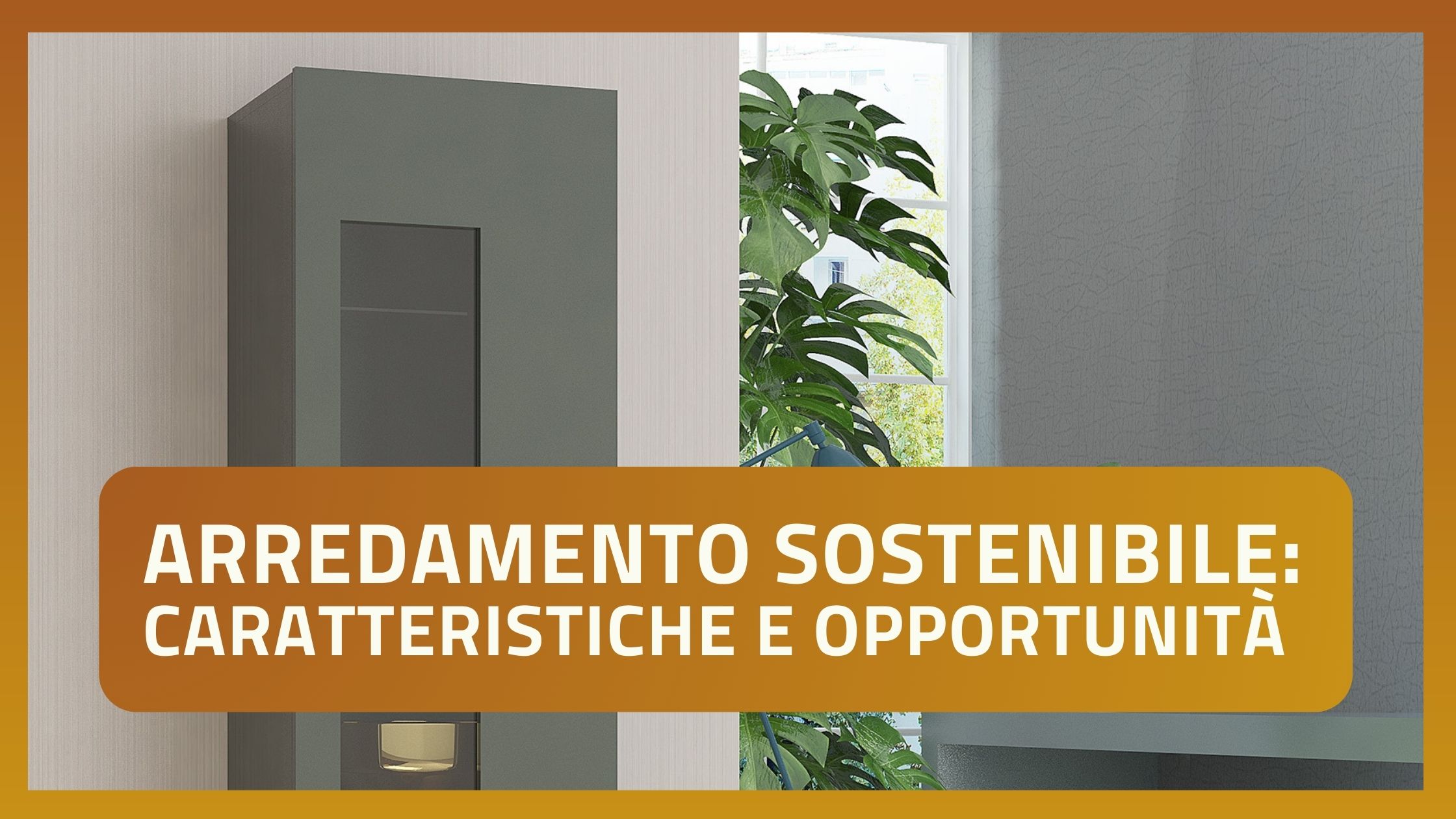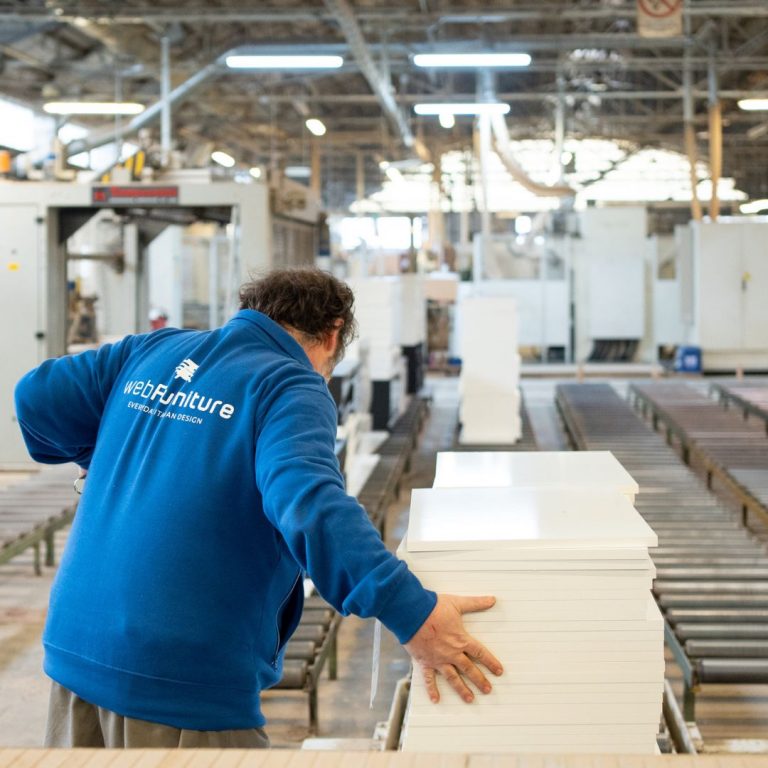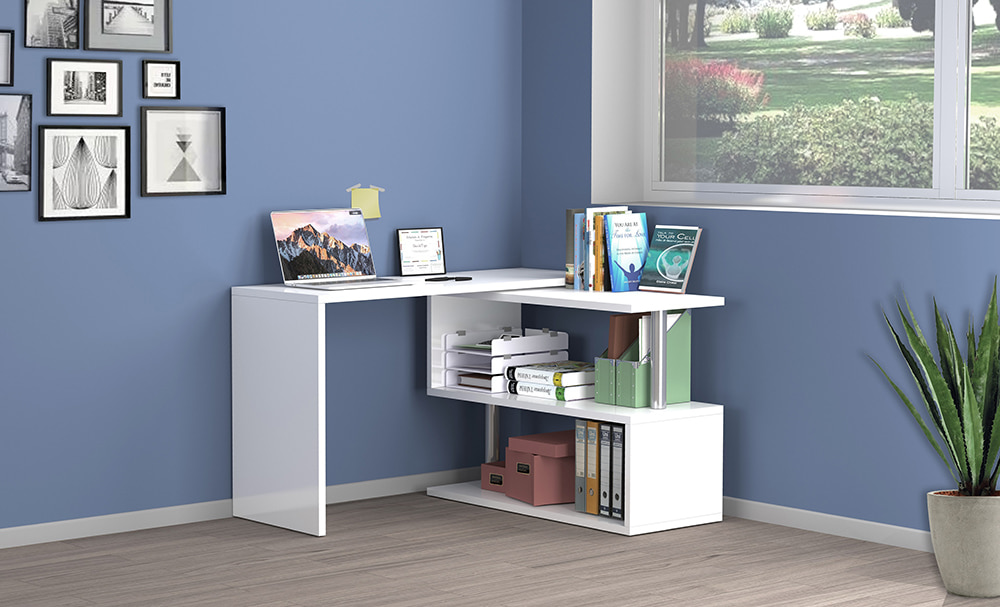NEWS
Sustainable furniture: characteristics and opportunities

Sustainable furniture constitutes a purchasing trend. Find out how it can add value to your business and meet consumer needs.
Today’s consumers are increasingly inclined to make green purchases. Selling sustainable products can be a competitive advantage and have an impact on sales.
In the furniture industry too, sustainable furniture is made with green materials and with a particular focus on the production process. Sustainability, as a differentiator, encompasses all phases of product design and manufacturing.
Why choose furniture made from recycled materials? What are the characteristics? What are the opportunities for medium- and large-scale retail chains, e-commerce or marketplace selling?
Follow our reading to discover the world of sustainable furniture.
- What are the advantages of sustainable furniture
- What are the materials for sustainable furniture
- Wood: sustainable material par excellence
- What are the characteristics of sustainable furniture
- Why do we talk about green furniture?
- What is a recycled wood particle board panel?
- Sustainable furniture, from production to delivery
What are the advantages of sustainable furniture?
According to some research by Accenture, for 67% of consumers, sustainability is a very important purchasing factor, capable of influencing their purchasing decisions.
Promoting environmentally-friendly products is not only a commitment to the environment but it can also be an added value for a business that meets consumer needs.
The rise in green purchases has also reached the world of furniture, so much so that it constitutes a market trend: sustainable furniture.
But when can we define a product as being sustainable?
A product is sustainable when its production cycle is aimed at reducing energy consumption and allows the processing waste and the product itself to be recycled when it reaches the end of its life.
In the furniture industry, the production of furniture and its life cycle cause considerable waste and greenhouse gas emissions, which contribute significantly to climate change.
Adopting sustainable practices and choosing green solutions, such as sustainable materials and recycled wood, can be a responsible and healthy solution.
What are the main advantages of furniture made from recycled materials?
- The positive impact on the environment
- Reduced emissions
- Energy savings
- The responsible use of resources
Choosing sustainable products also helps to support the circular economy by minimising waste and regenerating resources, with the aim of producing in an environmentally-friendly way and reducing the impact on the environment.
What are the materials for sustainable furniture?
Starting with these needs, many manufacturers have had to look for more sustainable production materials. Let’s take a look at which prove most popular.
Bamboo is a lightweight and flexible material that offers many advantages, including its ability to absorb stains or liquids and its fast growth (5 to 6 times quicker than regular trees).
However, the main disadvantages include the risk of volatile chemical compounds (VOCs), often used to bond the various slats, and the environmental impact of transport. Indeed, bamboo is a material which grows spontaneously in Asia, where there are many industries dedicated to its processing. This raw material must therefore travel a great distance before it reaches Italy.
Recycled plastic elastic and strong, an eco-friendly choice that is also widely used in the furniture industry. But recycling this material is still a time-consuming and complex process, not forgetting that plastic obtained from recycled plastic materials is of much lower quality.
Aluminium is a versatile and solid material, which is also widely used in the world of furniture, especially to make outdoor furniture. The downside concerns production because it requires high energy consumption and creates environmentally damaging waste materials.
Wood: sustainable material par excellence
“You can make anything from wood. But not trees.”
(Ian Sobotka)
Wood is one of the first materials that man encountered in history and over time it has constituted a reference object for survival and construction.
Wood boasts the characteristic of being strong, robust and ductile, capable of standing the test of time and retaining its quality.
In the world of design and furniture, wood is defined as a ‘timeless material’, thanks to its strength and, despite new and sustainable building materials, it remains the first resource used in this sector.
With the emergence of the environmental crisis, we are all aware that wood is not an infinite and endless resource.
However, we have a duty to being committed to protect the ecosystem and save trees, which give us oxygen, allowing us to live.
Deforestation and the exploitation of wood-based resources are occurring at an alarming rate.
According to the United Nations’ Food and Agriculture Organisation (FAO), from 1990 to 2020, the loss of forests due to deforestation amounted to 420 million hectares of forest, an area equivalent to that of the EU.
As manufacturers of ready-to-assemble furniture, wood is the raw material for our production process and, for this very reason, we felt it was our responsibility to respect this resource and commit ourselves to more sustainable production.
What are the characteristics of sustainable furniture
The term sustainable furniture refers to furniture made with a low environmental impact.
This sustainability refers to multiple aspects, such as functionality, production, quality, and product provenance.
Functionality concerns the practical aspect of the item of furniture. The design process must take into account styles and trends, but above all modern consumer needs. For instance, one of these is the limited space in modern homes.
One market requirement is the search for furniture that can furnish with style while saving space. Ready-to-assemble furniture or kit furniture fully meets this need, as it is multi-functional, can often be fold away and be converted for another use.
The production process must take into account the environmental impact in order to reduce consumption and increase energy efficiency during the production cycle.
The quality of the raw materials, the selection of which affects the quality and durability of the piece of furniture itself. Better natural and certified.
The origin, of both the materials and the end product, in order to have maximum transparency vis-à-vis the consumer who wants to buy.
All this information needs to be true, to reassure the customer or the consumer that the product really is sustainable, avoiding the risk of greenwashing.

Why do we talk about green furniture?
Wood has a smaller environmental impact than other materials, is natural, recyclable and non-toxic.
But illegal logging is one of the main causes of deforestation, affecting more than 7.5 million hectares of forest each year, an area equivalent to the surface area of the EU.
As ready-to-assemble furniture manufacturers, you can imagine that wood is the raw material for our creations. But we are aware that as natural and recyclable as it is, it is not an infinite resource.
For these reasons, we felt it was our responsibility to respect this resource and commit ourselves to more sustainable production.
- By choosing FSC®, the global organisation dedicated to promoting responsible forest management throughout the world
- This means that our furniture is made from materials sourced from responsibly managed, FSC® certified forests and other controlled sources (License Code FSC-C152783 | We can supply FSC® certified products on request)
- Using green panels, made from recycled wood particle board
- By recycling processing waste, thereby supporting a circular economy. For example, in 2021, of the 87% wood waste, 11.4% of packaging, 1.5% of paper and 0.1% of mixed waste, only 0.1% was destined for disposal.
For all these reasons we can confidently talk about sustainable furniture (if you think it’s too good to be true, let our certifications speak for themselves. Visit our quality page)
What is a recycled wood particle board panel?
Particle board panels are made from wood particles (known as chips) which are dried, processed and then pressed.
The panels we use for our kit furniture production are made of recycled wood particle board because they are sourced exclusively from recycled material, by the Rilegno Consortium.
Giving wood a new lease on life is the expression that can sum up the mission of the Rilegno Consortium.
Its activities consist in collecting wood-based waste, recycling it, and then giving it a new life.
This includes all those products such as pallets, fruit boxes, industrial waste from furniture manufacturers or woodworking, collection of furniture in recycling centres, which without being recycled, would be thrown away or burned (according to Rilegno, 97.1% of the tons of recovered wood is turned into panels).
However, burning wood is a dangerous and detrimental activity because it produces carbon dioxide and water, which is released into the atmosphere as a gas.
Using post-consumer wood is an ethical and sustainable choice to value, respect and regenerate this resource.
Have a look at Rilegno’s commitment, which we share, thanks to the PE-ecological disposal unit that withdraws our processing waste.
Sustainable furniture, from production to delivery
At Web Furniture, we are committed to the environment day after day, starting with the choice of design materials.
The conception, design and production of kit furniture are accompanied by logistics to supply our partners efficiently.
However, you can well imagine that combining efficiency and environmental sustainability, in the case of logistics, can be really a complex affair.
We read the following on Logisticamente:
“Transport already has a heavy impact on the environment today and it will keep on growing in the immediate future. If the current trends continue, in the 2020-2030 decade, transport will be responsible for 50% of all polluting emissions, 40% of which will be generated by the transport of goods”
How did we overcome this challenge?
By reviewing our logistics, optimising loads in the means of transport and limiting emissions.
With the aim of improving in an increasingly sustainable direction, our Dropshipping service is another example of how we can be sustainable.
In fact, this particular type of logistics allows us to receive orders from our partners and ship them directly to the end customer’s home.
This optimises transport, going straight to final delivery without going through a warehouse or sorting platform, and then embarking on another consuming journey to reach the customer.
Visit our sustainable furniture.
Do you need a customized logistics service for your business?
Check out all of our included and additional services or contact us for more information





